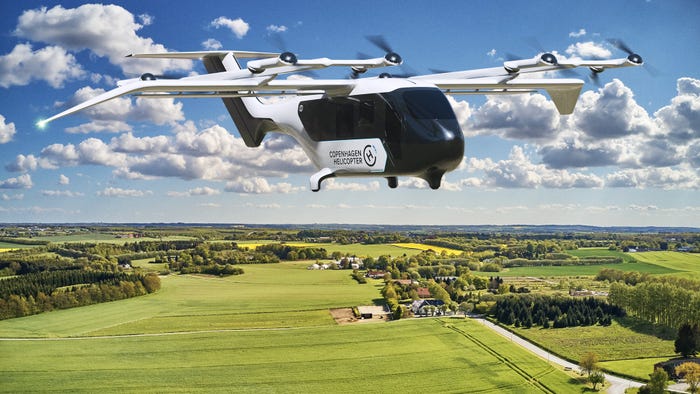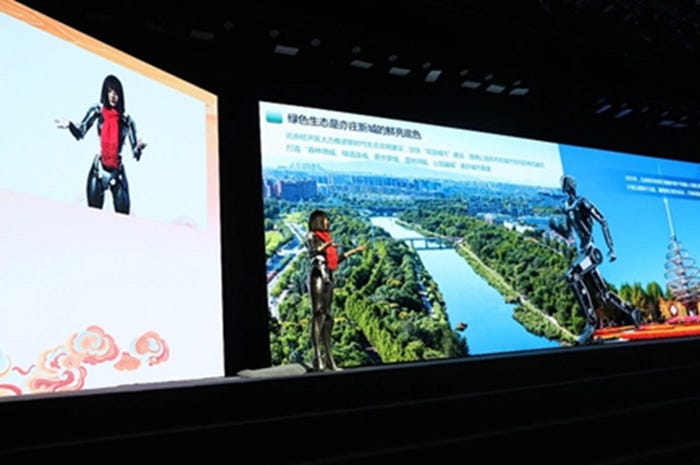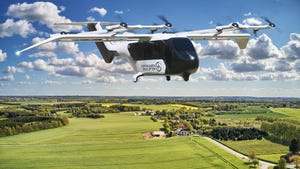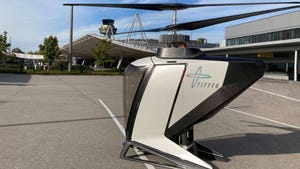IoT Homework Has Some Grownups Avoiding It, Like Recalcitrant ChildrenIoT Homework Has Some Grownups Avoiding It, Like Recalcitrant Children
This topic includes articles about the use of IoT devices and systems in retail environments, such as RFID inventory trackers, in-store foot traffic counters, cellular and WiFi tracking systems, digital signage and kiosks.
April 1, 2016

Mark Lochmann, a consultant who has spent 40 years of his career in the oil and gas industry focusing on information technology solutions, has a theory about why some Internet of Things (IoT) projects don’t succeed.
“I think that some organizations just don’t do their homework because they cannot overcome the urge to dive in headfirst and have an immediate play around the IoT,” says Lochmann. “Everybody’s doing it, or at least talking about it, and companies want to show they’re doing something too, even if they don’t know exactly what the benefit to their business will be.”
Sounds crazy, right?
But Dave Lafferty, an oil and gas industry consultant and former BP manager who worked on some of the earliest digital oilfield initiatives and has manufacturing operations expertise, says it’s not all that surprising.
“The Board of Directors hear about this Big Data thing and they go to the IT manager and say, ‘What are we doing with Big Data?’ And the IT manager says, ‘What is Big Data?’ So they hire a consultant for a gazillion dollars and they get five PowerPoint slides that say Big Data is connecting everything to everybody and the company is off and running with it,” he says. “An organization can get so caught up in the hype that they fail to establish any true business objectives for the project.”
It’s one reason, he says, that his consulting practice is so busy these days.
Granted, doing the homework is no easy task. Lafferty and Lochmann agree that before embarking on an IoT project, management needs to be able to answer the following questions, which typically requires a lot of information gathering:
What is the purpose of the project?
Who will benefit and how?
What is the state of technology?
How severe is change management?
Is this a tactical or strategic project?
One onerous step is gaining a deep understanding of existing workflows, a slog that may leave some people feeling that sticking pins in their eyes would be a more attractive alternative.
A particular challenge is the blurring between operations and IT, with both departments sometimes finding themselves outside of their comfort zones.
How individuals solve problems may be very different than how an organization approaches a solution. The IoT brings these potential conflicts front and center. The risk of failure increases but IoT also creates an opportunity to transform how a company goes about its business.
“If you ask the IT folks to document a manufacturing process, they are not going to have the familiarity with it; they don’t really know what you need out in the field,” says Lochmann. “Many try really hard. I’m not trying to say they are not competent–they are–but they just don’t have that intuitive understanding.”
On the other hand, he says that when asking operations people to document a process in the detail needed for digital solutions, they are likely to be so familiar with their jobs that they may not even be conscious of all of the steps involved.
In one memorable case, engineers stated that there were four steps to a test evaluation process; when the workflow analysts interviewed the engineers, the actual number of steps was four times higher that that.
He likens it to asking someone to describe the steps involved in getting ready for work in the morning. “It’s so routine that a person is not necessarily going to remember every step of the process in excruciating detail, for example taking the cap off of the toothpaste tube and then putting it back on.”
The trick is to tease that level of detail out of the worker who understands the fundamentals of the equipment, knows why certain data is captured, and can explain why something like the temperature of a valve is important.
“Most companies probably already have that guy on staff, he or she is going to be that 30-year veteran in the maintenance department, who can tell you something like ‘The first thing I do is take a screwdriver and remove the valve cover to listen, because a stuck valve makes a certain type of sound,” says Lafferty. “Understanding how the actual owner is using that piece of equipment can help you to avoid capturing tons of data, which might not be of any consequence at all.”
One complication is the huge rift that often exists between the 30-year veteran, who primarily works on first principles and understands how the machine was designed to work, and the data-driven analyst, who may not even know what machine is in question.
“What needs to be figured is under what conditions these different approaches—first principles or data driven—or more likely a combination of them are valid,” says Lafferty.
So is there any time when not doing homework is justified when it comes to an IoT project? Lochmann says the more tactical the project, the less important homework becomes. “The immediate goal may be just getting the operation back on line, and in this case, relying on experience may be fine,” says Lochmann.
The most egregious behavior, he says, is when companies do their homework and then ignore the findings. “There is all kinds of ways that organizational inertia can seep into these projects, especially if the person above you doesn’t believe in what you’re doing.”
Article was originally published on IndustryWeek.
About the Author
You May Also Like








